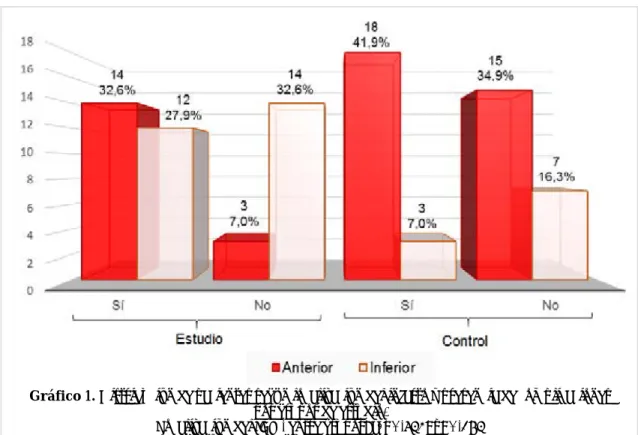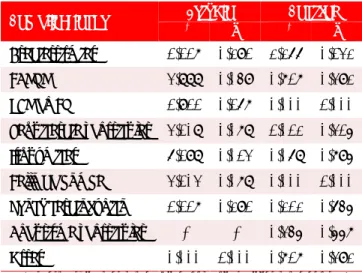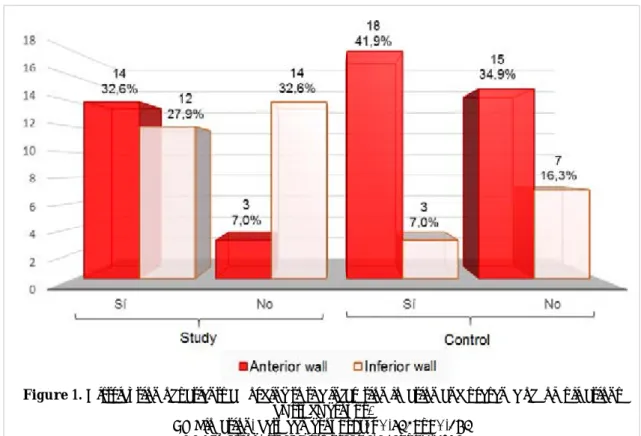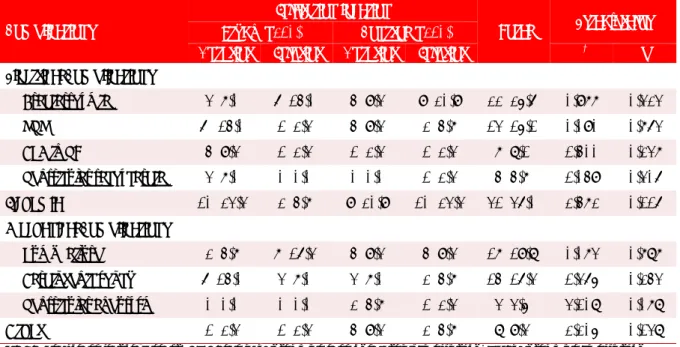Doble antiagregacin plaquetaria en pacientes con infarto agudo de miocardio con elevacin del segmento ST y tratamiento tromboltico
Texto completo
Figure




Documento similar
Conclusiones: en el quinquenio estudiado, disminuyó gradualmente el total de pacientes con diagnóstico de síndrome coronario agudo, y la letalidad por esta causa, en la
Patients with unresectable stage III non-small cell lung cancer eligible to receive consolidation therapy with durvalumab in clinical practice based on PACIFIC study
One trial evaluated maintenance therapy with certolizumab pegol versus placebo after response to induction with certolizumab, finding that 36% of patients in the treatment
Thus, a physiotherapy program based on manual therapy may be safe in patients with hemophilia and inhibitor and such therapy may improve joint condition, pain, and joint range of
Patients with ST-segment-elevation myocardial infarction receiving primary percutaneous coronary intervention (PPCI) within 6 hours of symptoms were randomized to
Comparison of Immediate With Delayed Stenting Using the Minimalist Immediate Mechanical Intervention Approach in Acute ST-Segment-Elevation Myocardial Infarction: The MIMI Study...
We think that the next statement is also questionable: “Prolonged new convex ST-segment elevation, particularly when associated with reciprocal ST-segment depression, usually
Superior outcomes associated with complete response in newly diagnosed multiple myeloma patients treated with nonintensive therapy: analysis of the phase 3 VISTA study of

